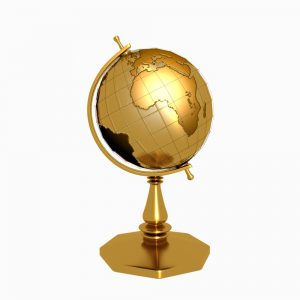
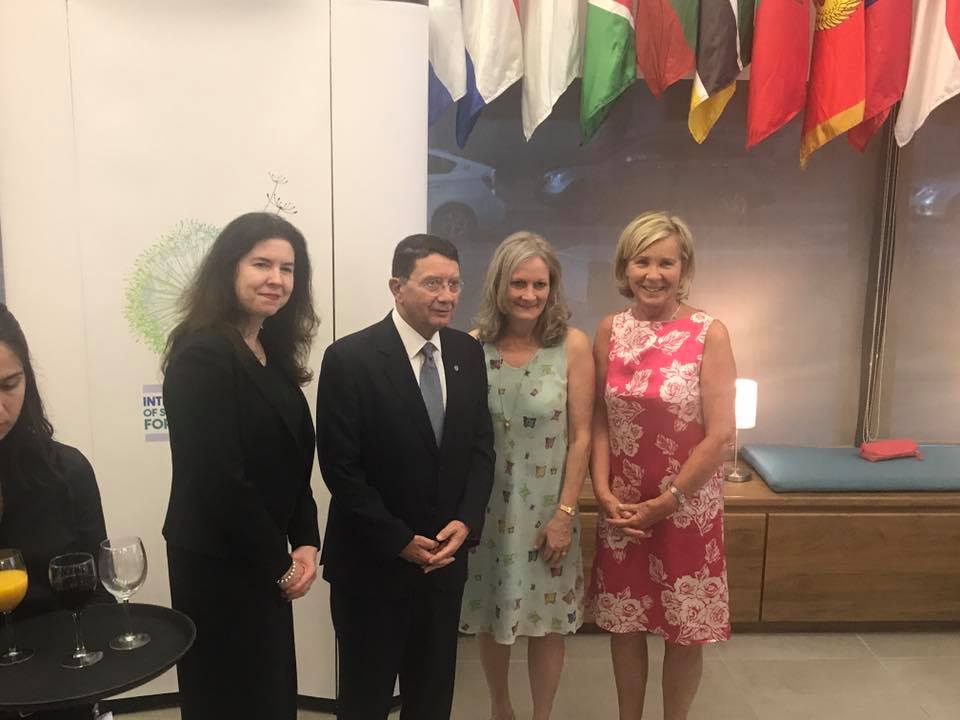
High Level Taskforce to end sexual exploitation of children in travel and tourism meets in Madrid
It started with a reception Wednesday evening in the lobby of the United Nations World Tourism Organization Headquarter in Madrid, followed by yesterday’s action packed one-day meeting of the High-Level Taskforce to end the sexual exploitation of children and tourism met at the UNWTO Headquarters in Madrid.
UNWTO Secretary General Dr. Taleb Rifai opened and closed the meeting and personally attended showing the importance of this issue Rifai called the dark side of tourism.
He said: “I don’t only care about tourism, but I care what it does to our people.”
Dr. Najat Maalla M’jid was the chair of the meeting. The event was co-hosted by the Dutch Ambassador Matthijs van Bonzel, Dorothy Rozga, Executive Director EPCAT International, Cornelius Williams, Chief Private Child Protection, UNICEF, Dr. Susan Bissell, Director, Global Partnership to End Violence against Children, and Helen Marano, Senior VO of WTTC. The global media was represented by eTN Publisher Juergen T Steinmetz, who also published WorldTourismWire.
The purpose of the event was the implementation of the global partnership to end violence against children.
The summary result: Travel – enjoy – respect.
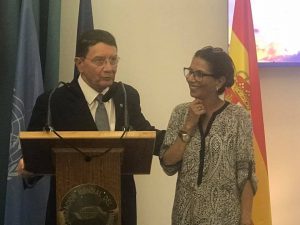
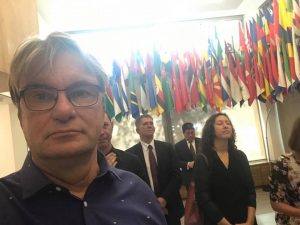
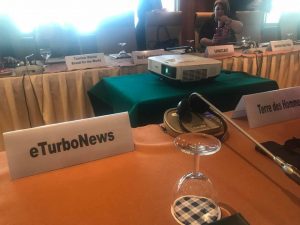
]
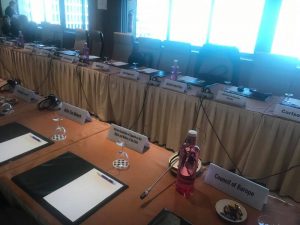
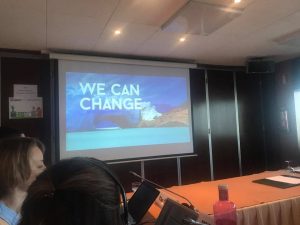
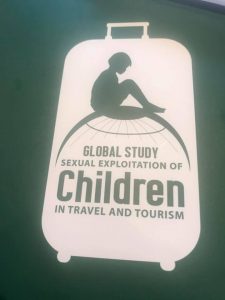

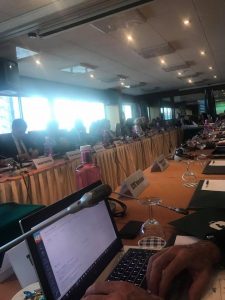

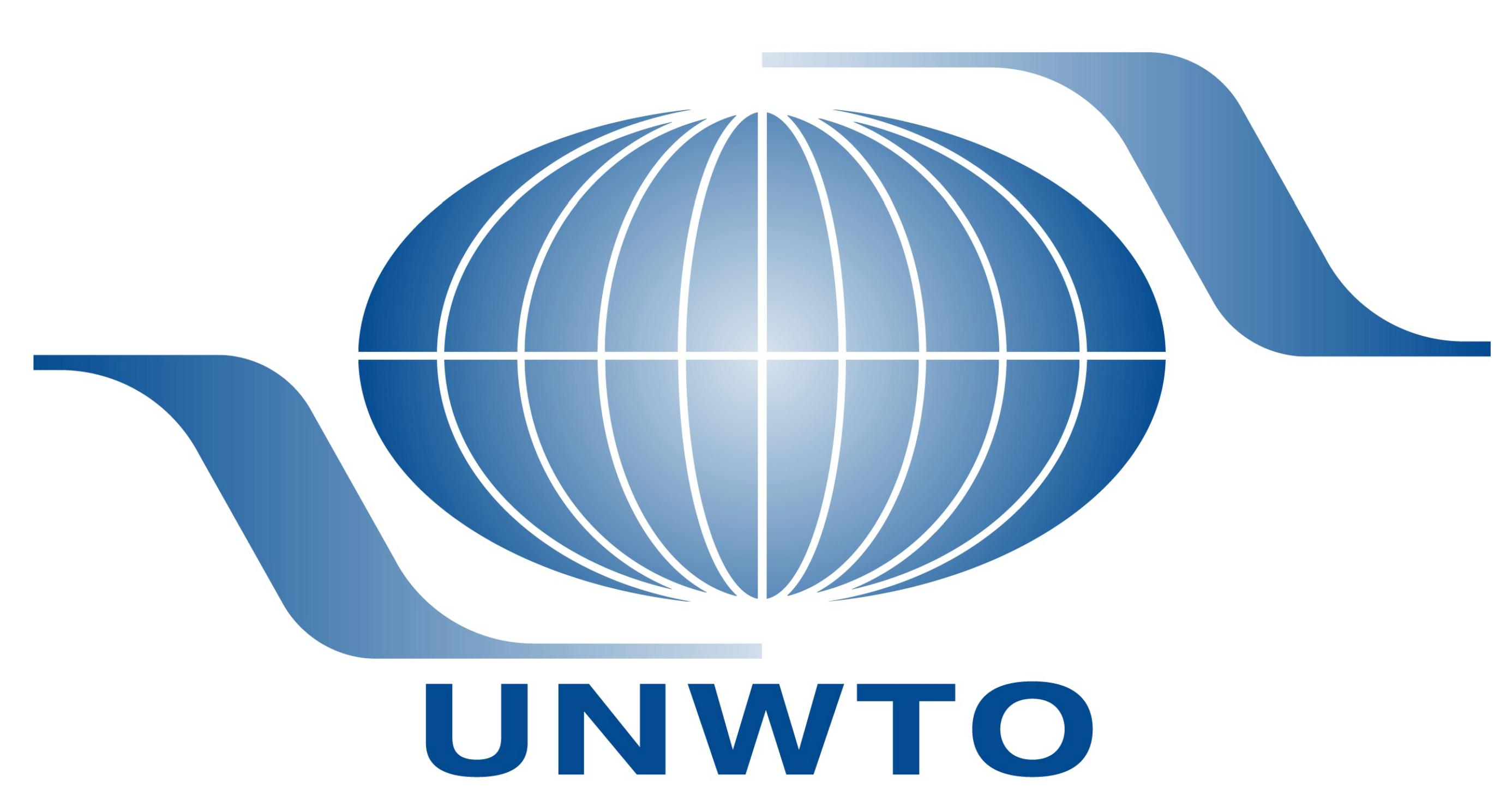
Strong tourism results in the first part of 2017
International tourist arrivals worldwide grew by 6% in January-April of 2017 compared to the same period last year, with business confidence reaching its highest levels in a decade. Sustained growth in most major destinations and a steady rebound in others drove results. Prospects for May-August 2017 remain high.
Destinations worldwide received 369 million international tourists (overnight visitors) in the first four months of the year, 21 million more than in the same months of 2016 (+6%), according to the latest UNWTO World Tourism Barometer. The January-April period usually represents some 28% of the yearly total and covers the winter season of the Northern Hemisphere and the summer season of the Southern Hemisphere, as well as the Chinese New Year and Easter holidays, among others.
International arrivals reported by destinations around the world were positive overall, with very few exceptions. Most of 2016’s strong performers maintained momentum, while destinations that struggled in previous years continued to rebound in the first part of 2017. This is especially reflected in the better results of the Middle East (+10%), Africa (+8%) and Europe (+6%). Asia and the Pacific (6%) and the Americas (+4%) continued to enjoy robust growth.
“Destinations that were affected by negative events during 2016 are showing clear signs of recovery in a very short period of time, and this is very welcoming news for all, but particularly for those whose livelihoods depend on tourism in these destinations”, said UNWTO Secretary-General Taleb Rifai.
“As we celebrate 2017 as the International Year of Sustainable Tourism for Development, we welcome the continued development of tourism and recall that with growth comes increased responsibility to ensure tourism can contribute to sustainability in all its three pillars – economic, social and environmental. Growth is never the enemy and it is our responsibility to manage it in a sustainable manner,” he added.
Regional Results
International arrivals in Europe (+6%) rebounded in January-April after mixed results last year, as confidence returned to some destinations that were impacted by security incidents, while others continued to grow strongly. Results improved particularly in Southern Mediterranean Europe (+9% as compared to +1% in 2016) and Western Europe (+4% as opposed to +0% in 2016). Northern Europe (+9%) continued to record strong growth, while Central and Eastern Europe recorded 4% more international arrivals, in line with results of last year.
In Asia and the Pacific, international arrivals were up 6% through April with sound results across all four subregions. South Asia (+14%) led growth, followed by Oceania (+7%), South-East Asia (+6%) and North-East Asia (+5%).
International arrivals in the Americas were up 4% with strong results in South America and Central America (both +7%), while arrivals in North America grew by 3% and in the Caribbean by 2%.
Limited data available for Africa points to an 8% increase in international arrivals, with North Africa (+18%) recovering strongly. International arrivals in the Middle East rebounded by an estimated 10% following a 4% decline in 2016.
Positive prospects for May-August
The current strong momentum is reflected in the UNWTO Panel of Tourism Experts confidence index, based on evaluations and prospects of worldwide experts surveyed every four months since 2003. Experts evaluated tourism performance in the first four months of 2017 with the highest score in 12 years, clearly exceeding their already positive expectations from the start of the period. Responses to the survey were strongest from Europe, in line with the rebound in arrivals.
Experts also show strong confidence in the current May-August period, as their prospects are the most optimistic in a decade, also driven by upbeat expectations in Europe. The May-August period includes the peak tourism season in most of the world’s major tourism destinations and source markets.
Useful links:

Tourism key to foster trade in Least Developed Countries
Tourism can make a strong contribution to the economies of Least Developed Countries where the sector is a major exporter concludes the report ‘Tourism for Sustainable Development in Least Developed Countries’ launched on the occasion of the Aid for Trade Review held in Geneva. The report was produced by the World Tourism Organization (UNWTO), the International Trade Centre (ITC) and the Enhanced Integrated Framework (EIF).
Tourism represents 7% of all international trade and is of increasing relevance to the trade community. Tourism is part of services trade, accounting for 30% of the world’s trade in services. This is particularly true for the Least Developed Countries (LDCs), where it represents 7% of total exports of goods and services, a figure that stands at 10% for non-oil LDC exporters.
In view of the above, and as shown in the report, tourism has been recognized as a key sector for trade-related technical assistance in LDCs. Forty-five out of 48 Diagnostic Trade Integration Studies analysed for the report feature tourism as a key sector for development.
Yet, despite tourism’s value in the trade agenda, it is often difficult to direct trade-related technical assistance towards the sector because tourism and trade tend to fall under different line ministries. Successful interventions in tourism require strong collaboration across government agencies as well as across different actors at the regional or local level.
The report aims to increase the commitment and investment in coordination and raise tourism’s prominence in trade-related technical assistance as to ensure the sector delivers on its powerful capacity to create jobs and incomes where they are most needed and for those who are most vulnerable – including youth and women.
As active partners of the EIF, UNWTO and ITC are working to contribute to this process of increased co-ordination and collaboration by joining forces in the design and implementation of tailored tourism technical assistance and tourism export strategies, and leveraging resources.
The report is launched to coincide with the International Year of Sustainable Tourism for Development 2017. In the context of the universal 2030 Agenda for Sustainable Development and the Sustainable Development Goals (SDGs), the International Year aims to support a change in policies, business practices and consumer behaviour towards a more sustainable tourism sector that can contribute to all the 17 SDGs.
Goal 17 sets as one of the targets a “significant increase of exports of developing countries, in particular with a view to doubling the least developed countries’ share of global exports by 2020”, to which tourism as service export can contribute.
Tourism and the Enhanced Integrated Framework are include in Goal 8, aiming at building inclusive and sustainable economic growth and creating jobs, thus contributing to the structural transformation of LDCs.
Additional information: Tourism for Sustainable Development in Least Developed Countries
